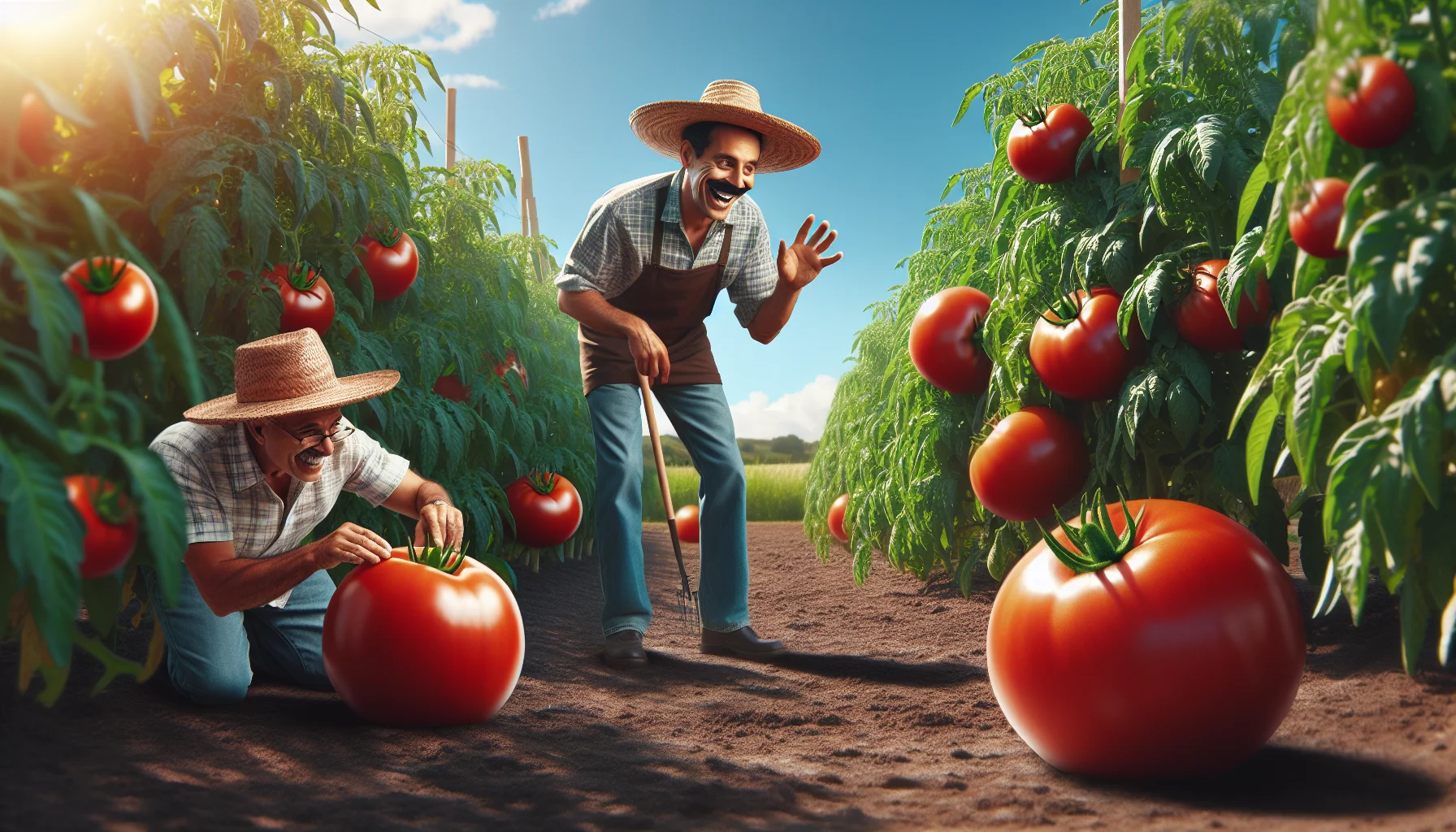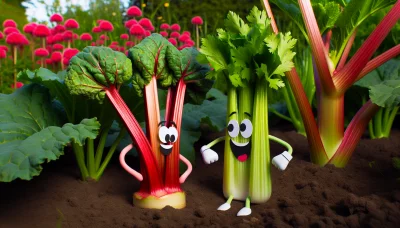Tomato farming Quiz
Test Your Knowledge
Question of
Introduction to Tomato Farming
Tomato farming is a fundamental aspect of gardening that involves growing tomato plants in a controlled environment for personal or commercial purposes. It is a versatile practice that can be undertaken in various climates and soil types, making it accessible to many gardeners worldwide. The basics of tomato farming include selecting the right tomato varieties, understanding the soil and climate requirements, and mastering the art of planting, watering, and pruning for optimal growth. Tomatoes are not only a popular culinary ingredient but also rich in vitamins and minerals, making them an important crop for nutritional health. By engaging in tomato farming, gardeners can enjoy the satisfaction of harvesting fresh tomatoes right from their backyard, contributing to sustainable living and food security.
Choosing the Right Tomato Varieties
When it comes to cultivating tomatoes, selecting the right variety can significantly impact your gardening success. Tomatoes can be broadly categorized based on their suitability for different climates and the amount of gardening space they require. For those with limited space, dwarf or bush varieties that thrive in containers or small gardens are ideal. In contrast, gardeners with more space might opt for indeterminate varieties that continue to grow and produce fruit throughout the season. Climate plays a crucial role as well, with certain varieties better adapted to cooler temperatures, while others require a longer, warmer growing season to flourish.
- Cherry Tomato
- Beefsteak Tomato
- Roma Tomato
- Brandywine Tomato
- San Marzano Tomato
- Green Zebra Tomato
- Black Krim Tomato
- Yellow Pear Tomato
Preparing the Soil for Tomato Plants
To ensure your tomato plants thrive, it's crucial to prepare the soil properly before planting. Begin by testing the soil's pH, as tomatoes prefer a slightly acidic to neutral pH range between 6.0 and 7.0. Adjust the pH accordingly using lime to increase it or sulfur to decrease it. Next, enrich the soil with organic matter such as compost or well-rotted manure, which will improve soil structure, provide essential nutrients, and enhance moisture retention. It's also beneficial to incorporate a balanced, slow-release fertilizer to supply additional nutrients needed for growth. Ensure the soil is well-tilled to a depth of at least 6 to 8 inches to allow for proper root development.
Materials Needed
- Soil pH test kit
- Lime (to raise pH)
- Sulfur (to lower pH)
- Compost or well-rotted manure
- Slow-release fertilizer
- Tilling tool or garden fork
Planting Techniques for Tomato Farming
When planting tomatoes, it's crucial to adhere to specific best practices to ensure a healthy and productive crop. For optimal growth, tomato plants should be spaced about 18 to 24 inches apart in rows that are spaced about 3 to 4 feet apart. This spacing allows for adequate air circulation around the plants, reducing the risk of disease. The planting depth is also important; tomato plants should be planted deep enough so that two-thirds of the plant, including the stem, is buried. This encourages a strong root system and provides stability to the plant. As for watering, tomatoes require a consistent and moderate amount of water. It's best to water the plants deeply once a week, providing about 1 to 2 inches of water, which helps to encourage deep root development. Over-watering should be avoided as it can lead to root rot and other water-related diseases. Following these guidelines can help ensure a successful tomato farming experience.
Caring for Your Tomato Plants
Taking care of tomato plants involves several key practices to ensure they grow healthy and produce a bountiful harvest. Firstly, watering is crucial; tomato plants require a consistent and moderate amount of water. It's best to water them early in the morning at the base of the plant to avoid wetting the leaves, which can lead to fungal diseases. As for pruning, removing the suckers that grow in the axils of the leaves can help improve air circulation and direct more energy into fruit production. However, be cautious not to over-prune, as leaves are necessary for photosynthesis. Lastly, pest control is essential in maintaining the health of your tomato plants. Regularly inspect your plants for signs of pests and diseases. Natural remedies, such as neem oil or insecticidal soap, can be effective for controlling many common pests and diseases without resorting to harsh chemicals. By following these care tips, you can help ensure your tomato plants thrive throughout the growing season.
Harvesting and Storing Tomatoes
Knowing when tomatoes are ripe for harvesting is crucial for optimal taste and storage. A ripe tomato will have a deep, uniform color, depending on its variety, and will yield slightly to gentle pressure. It should still be firm but not hard. The fruit should detach easily from the vine with a slight twist. After harvesting, the best method for storing tomatoes depends on their ripeness. For tomatoes that need to ripen further, place them stem side down at room temperature away from direct sunlight. Fully ripe tomatoes can be stored in a cool, not cold, place to extend their shelf life. Avoid refrigerating tomatoes as this can affect their flavor and texture. For long-term storage, tomatoes can be frozen, canned, or dried, depending on your preference and intended use.
Common Challenges in Tomato Farming
Tomato farming, while rewarding, comes with its fair share of challenges. Farmers frequently encounter issues related to diseases and pests that can significantly impact crop yield and quality. Understanding these common problems and knowing how to address them is crucial for maintaining a healthy and productive tomato farm.
| Challenge | Signs | Solution |
|---|---|---|
| Blight | Yellowing leaves, brown spots, and wilting | Remove affected areas, apply fungicides, ensure good air circulation |
| Tomato Hornworm | Large green caterpillars on plants, missing leaves, and visible droppings | Handpick caterpillars, use biological control like Bacillus thuringiensis |
| Root Knot Nematodes | Stunted growth, yellow leaves, swollen roots | Rotate crops, use nematode-resistant varieties, apply organic amendments |
| Early Blight | Dark spots on lower leaves, concentric rings, leaf drop | Remove affected leaves, apply copper fungicides, mulch to avoid splash-back |
| Spider Mites | Yellow, stippled leaves, fine webs on the underside of leaves | Use miticides, introduce predatory insects, rinse plants with water |












